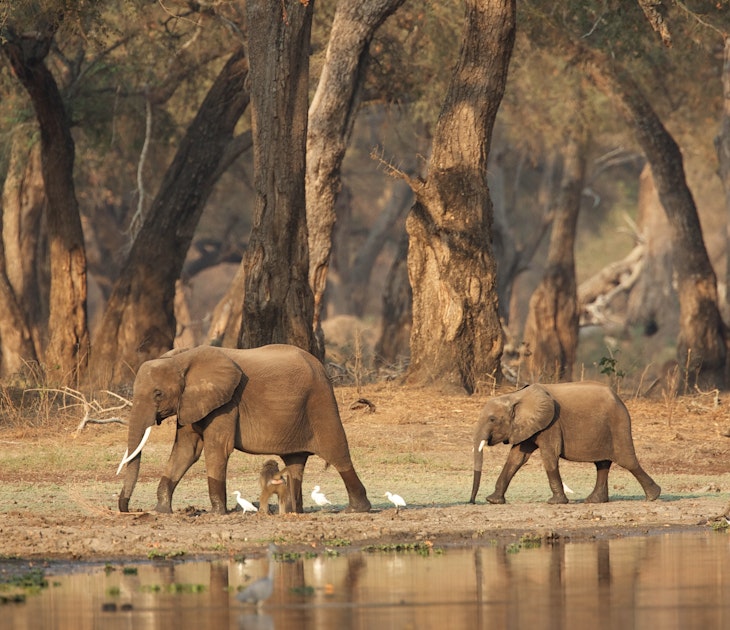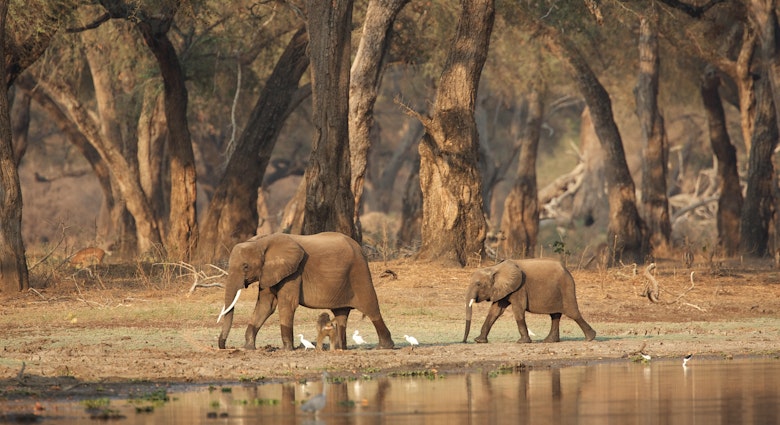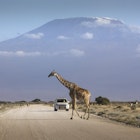The cheetah is not just the fastest land animal on the planet. It is also one of the most graceful. Few moments out on the plains of Africa can match the thrill of a cheetah on the hunt – the tension as its gaze locks on its prey in the near-distance, the astonishing acceleration, the agility that becomes a blur in this high-speed battle to the death. There are far fewer cheetahs than there are lions and leopards in Africa, so finding them can require careful preparation. Following our guide should lead you right there.

Cheetahs: built for speed
The cheetah is a remarkable piece of natural engineering with a series of evolutionary adaptations perfectly suited to its fast-paced life. Cheetahs have the longest legs of any cat, enabling a stride of up to 10m in length – perfect for long chases over open ground. Their lower hind-leg bones are secured tightly together by fibrous tissue which enables explosive acceleration, high-speed stability and protects against stress injuries. Their unretractable claws may mean that they’re not very good at climbing trees, but they serve a purpose not unlike sprinters' spikes.
And everything else about the cheetah is designed for speed and agility: hard and deeply ridged feet pads to assist in traction and pointed at the front to facilitate braking; a long, powerful tail to serve as a counterbalance and enable swift changes in direction; a long, flexible spine which arches and flexes to further lengthen the stride; a small head and small jaws to reduce weight; an enlarged nasal cavity to allow it to take deep breaths of recovery while still suffocating its prey; and a disproportionately large chest cavity housing large lungs, heart and highly muscular arteries.
Read more: Where you should go on your first safari in Africa
Cheetahs are significantly smaller and lighter than leopards and lions, with the largest males of the latter being more than four times the bulk of the biggest cheetah. This slender cat's body is between one and 1.5m long, although the tail can add almost another metre to its length. Adults can weigh as little as 21kg but not more than 64kg. Cheetah cubs grow quickly in size but are distinguishable by the fluffy grey tuft of hair that runs along the backs of their necks.

A solitary cat
Cheetahs are a curious mix of solitary and social. Female cheetahs mostly live on their own, except when they are rearing their cubs who remain dependent upon their mothers for anywhere from 12 to 20 months. Female cheetahs, unlike other big cats, are not territorial, and roam across extremely large home ranges.
Read more: A day on safari in Africa: what you can expect in camp and in the wild
Male cheetahs are more difficult to categorise. Most form coalitions with other males, but, unlike many coalitions of male lions, these males are not always related. When it comes to territories, male cheetahs are similarly difficult to predict – some defend home ranges, something that coalitions are better able to do than lone cheetahs, while others roam across vast distances.
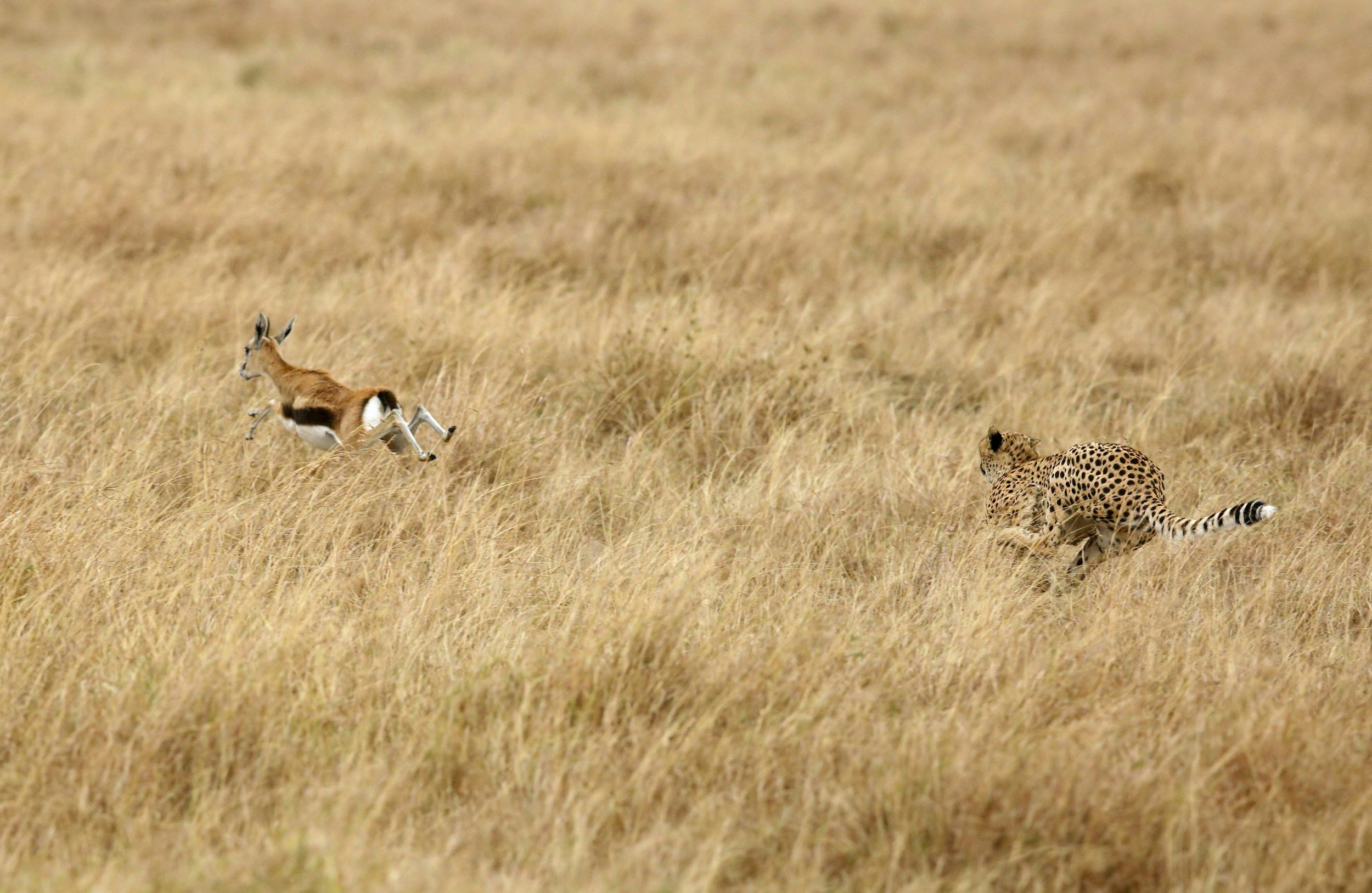
The hunter
Cheetahs in Africa prefer impala and gazelles (including Grant’s and Thomson’s gazelles), and have even been known to bring down nyala, which can be twice the body weight of an adult cheetah. They also prey on young wildebeest and zebra. In Iran, they eat ibex and wild sheep.
Read more: Are you ready for a self-drive safari in Africa?
Unlike other big cats, cheetahs hunt mostly by day. This is partly because their hunting success depends on long lines of sight, but it also enables them to avoid nocturnal predators such as lions, leopards and spotted hyenas, all of which will drive cheetahs from their kills. Cheetahs stalk their prey to within around 50m and then launch a high-speed pursuit that can reach up to 105km/h (around 65 miles per hour). Although unable to maintain such speeds over long distances, the chase can last for half a kilometre. Less than a third of cheetah hunts are successful; when their hunts fail, cheetahs can slow down faster than any other land mammal, going from 58km/h to 14km/h in just three strides.

The lands cheetahs roam
A cheetah’s natural terrain is open grassland, although they can also thrive in a combination of open savannah and woodlands.
Cheetahs once lived all across Africa, save for small parts of North and Central Africa, as well as the Middle East and Indian subcontinent. Now they are restricted to small numbers in highly fragmented populations – 79% of cheetahs live in populations with fewer than 100 cheetahs.
The largest cheetah populations are in Southern Africa, but viable populations also live in East Africa. Remarkably for the fastest land mammal on the planet, small populations survive in the Sahara Desert (in southern Algeria and northern Niger) and in the deserts of central Iran, although it’s unlikely that either population has more than 50 to 100 cheetahs.
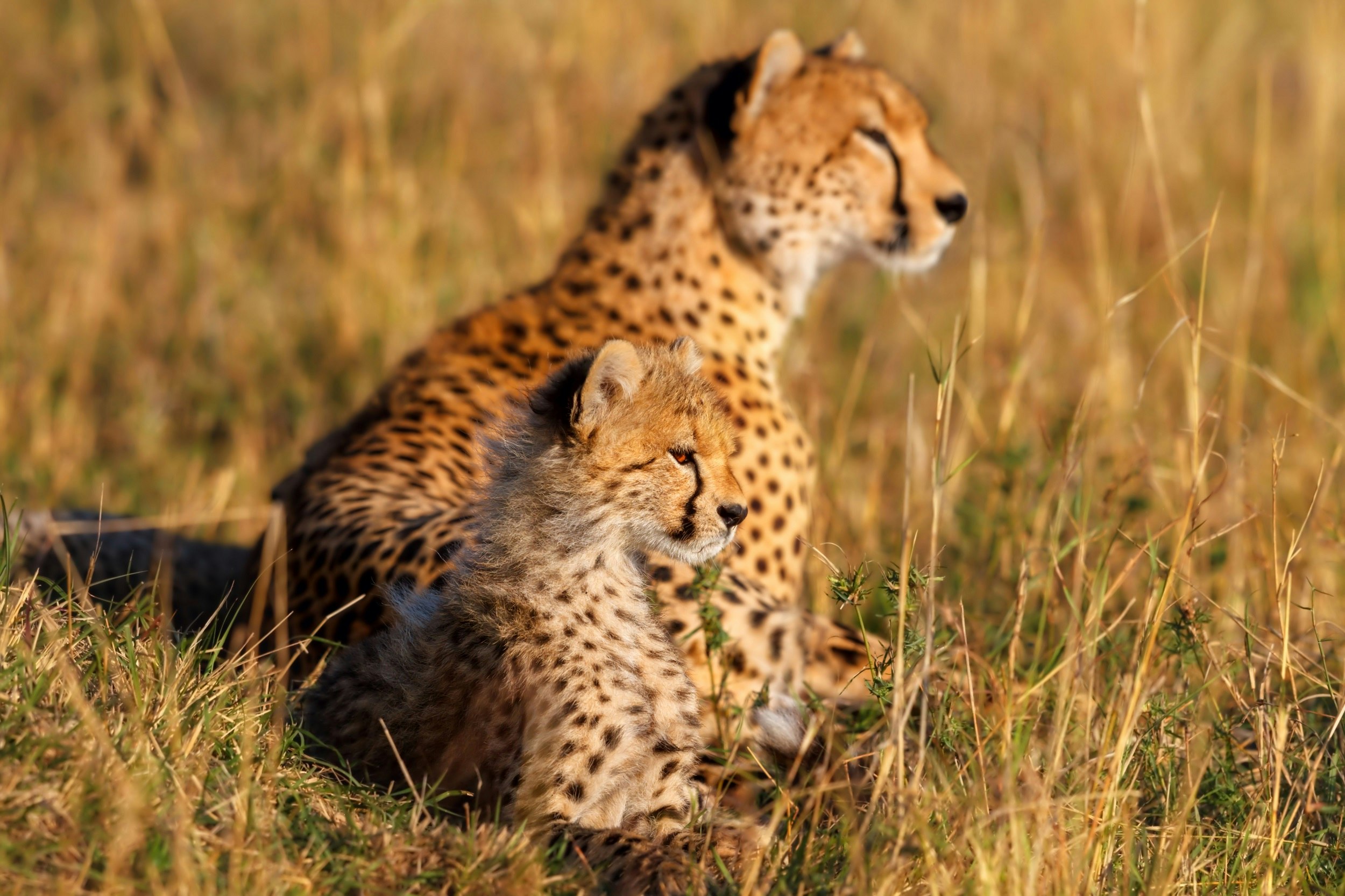
The best places to see cheetahs
Botswana: Botswana is excellent for spotting cheetahs. The best places are the Okavango Delta (including Moremi Game Reserve), and country’s Kalahari parks, including the Central Kalahari Game Reserve (CKGR).
Kenya: There are few better cheetah habitats in Africa than the Masai Mara National Reserve and the surrounding community-run conservancies in southwestern Kenya. The open country of Tsavo East and Amboseli national parks are other good places.
Namibia: Etosha National Park, and the private reserves of Okonjima and Erindi, offer the best chances for seeing cheetahs in Namibia.
South Africa: Kruger National Park is South Africa’s best for seeing cheetahs. Other possibilities include Kgalagadi Transfrontier Park (shared with Botswana), and the private reserves of Eastern Cape and KwaZulu-Natal.
Tanzania: The Serengeti is fabulous cheetah habitat and it’s one of the best places to see cheetahs in Africa. Tarangire and Ruaha national parks can also be good options in Tanzania.
Zambia: Kafue National Park is excellent for cheetah sightings, while South Luangwa and Liuwa Plain national parks are also possibilities in Zambia.
Zimbabwe: The 2016 study on the state of the cheetah found that Zimbabwe’s cheetah population had crashed from 1200 to just 170 animals in just 16 years. Hwange National Park is your best bet, although cheetahs there remain elusive.

Cheetahs in peril?
A landmark study in 2016 found that just 7100 cheetahs remain in the wild. Between two-thirds and half of these live in Southern Africa, the cheetah's last stronghold. Namibia has the world's largest population. Cheetahs are much persecuted, especially in Namibia, where shrinking habitats and human encroachment on former wilderness areas have resulted in increasing conflict between cheetahs and farmers. Worryingly, more than three-quarters of Africa's wild cheetahs live outside protected areas.
Read more: Turning myth into reality: the white lions of Timbavati
One particular problem faced by cheetahs is the smuggling of cheetah cubs out of the continent for sale as pets – baby cheetahs sell for as much as US$10,000 on the black market – with more than 1200 trafficked off the continent over the past decade, 85% of which died in transit.
The cheetah is listed as Vulnerable by the International Union for the Conservation of Nature (IUCN).
Related articles:
Safari animals: the story of lions (and the best places to see them)
Safari animals: the story of rhinos (and the best places to see them)
Safari animals: the story of elephants (and the best places to see them)

